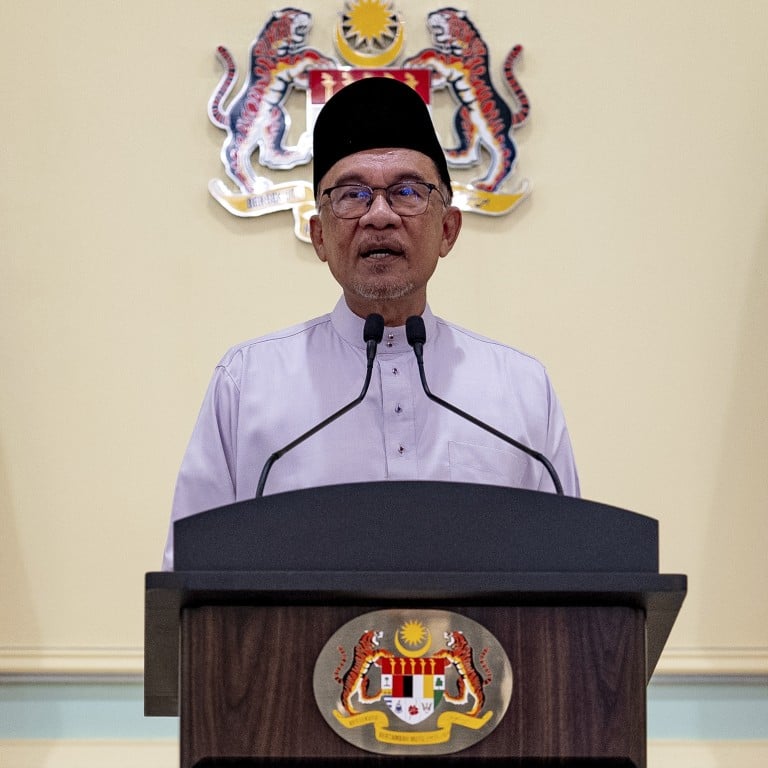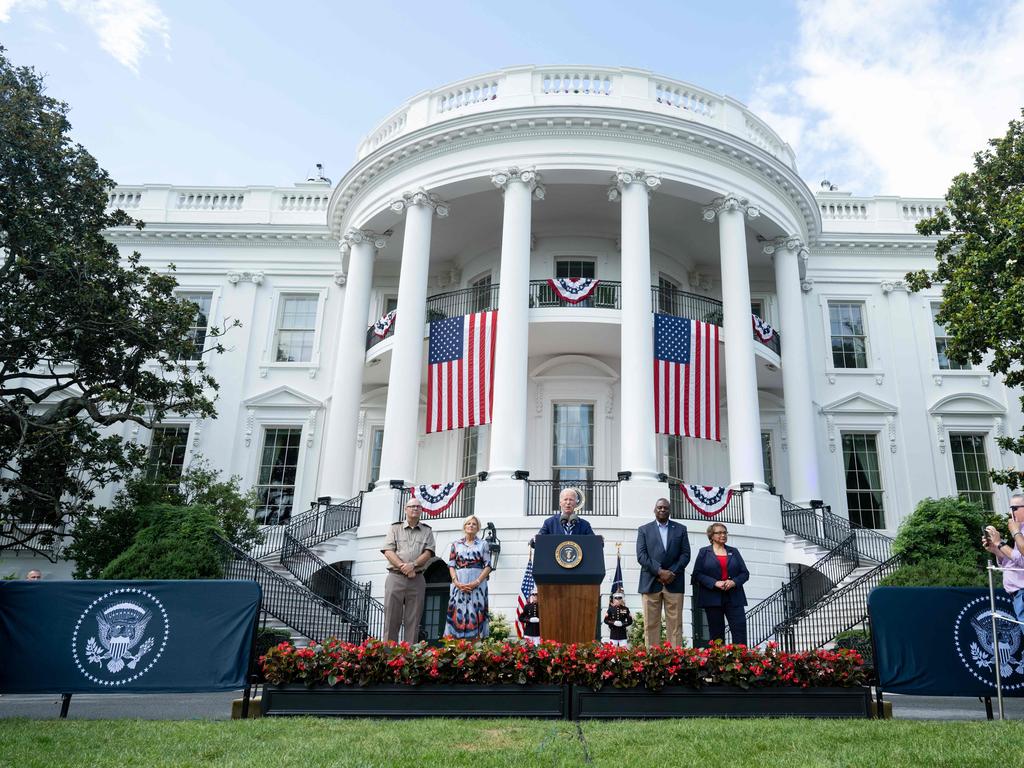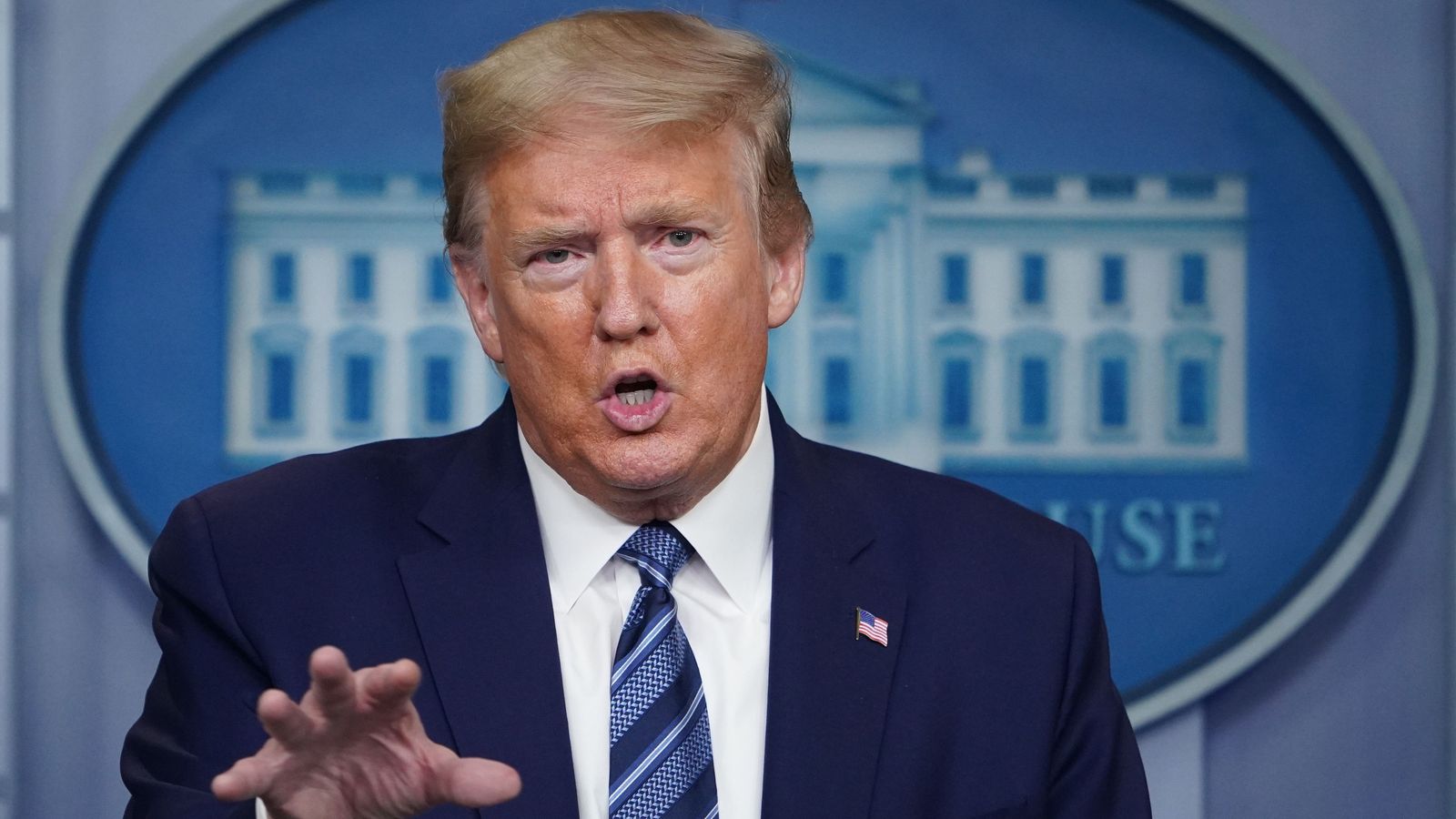Breakdown In US-China Ties: Understanding The Risks Of A New Cold War

Table of Contents
Economic Competition and Decoupling
The growing economic rivalry between the US and China is a primary driver of the breakdown in US-China ties. This isn't simply competition; it's a multifaceted struggle encompassing trade wars, fierce technology competition, and increasingly restrictive investment policies. The implications are far-reaching, extending beyond bilateral relations to impact the global economy.
- The impact of tariffs and trade disputes on global supply chains: The imposition of tariffs by both countries has disrupted global supply chains, leading to increased costs for businesses and consumers worldwide. The uncertainty created by these trade wars discourages long-term investment and planning.
- The role of technology in the escalating conflict (AI, semiconductors): Competition for technological dominance, particularly in areas like artificial intelligence (AI) and semiconductor manufacturing, is a major source of friction. Both countries are investing heavily in these sectors, leading to accusations of unfair practices and intellectual property theft. The US has imposed restrictions on the sale of advanced technology to China, further exacerbating tensions.
- The implications of "decoupling" or economic separation for both nations and the global economy: The push for economic decoupling—reducing economic interdependence—carries significant risks. While some argue it enhances national security, it could also stifle innovation, disrupt global trade, and lead to slower economic growth for both the US and China, as well as the global community.
- Examples of specific economic actions taken by both countries: Examples include the US's tariffs on Chinese goods, China's restrictions on foreign investment in certain sectors, and the ongoing disputes over intellectual property rights and technology transfer.
Geopolitical Rivalry and Military Buildup
Beyond economics, the breakdown in US-China ties is fueled by escalating geopolitical rivalry and a significant military buildup in the Asia-Pacific region. The South China Sea and the Taiwan Strait have become focal points of this intensifying competition.
- The role of military alliances and partnerships in escalating tensions: The strengthening of military alliances by both sides—the US with its allies in the region and China with its expanding partnerships—contributes to a sense of encirclement and fuels mistrust.
- The potential for miscalculation and accidental conflict: The increasing military presence and activities in contested waters and airspace increase the risk of miscalculation or accidental conflict, potentially escalating into a larger crisis.
- The impact on regional stability and global security: This geopolitical rivalry destabilizes the region, creating uncertainty for neighboring countries and potentially drawing in other global powers. The implications for global security are profound.
- Specific examples of military activities and deployments: Examples include China's expansion of military bases in the South China Sea, increased naval patrols, and the modernization of its military capabilities, coupled with US military exercises in the region and arms sales to Taiwan.
Ideological Differences and Human Rights
Fundamental ideological differences and contrasting views on human rights further contribute to the breakdown in US-China ties. The clash between democratic values championed by the US and the authoritarian system in China creates a deep chasm in their relationship.
- The impact of differing views on human rights in Xinjiang, Hong Kong, and Tibet: Disagreements over human rights issues in Xinjiang, Hong Kong, and Tibet have become major points of contention, leading to sanctions and diplomatic disputes.
- The role of propaganda and disinformation in fueling tensions: Both sides employ propaganda and disinformation campaigns, exacerbating mistrust and fueling negative narratives about the other. This information warfare contributes to the overall deterioration of the relationship.
- The influence of these ideological differences on diplomatic relations: These deep ideological divides make meaningful dialogue and compromise difficult, hindering any significant progress in resolving outstanding issues.
- Examples of specific human rights concerns and diplomatic disputes: Examples include US sanctions related to human rights abuses in Xinjiang and China's criticism of US human rights record.
The Risk of a New Cold War
The prolonged deterioration in US-China relations significantly increases the risk of a new Cold War scenario. This would involve a sustained period of intense rivalry with potentially devastating consequences.
- The impact on international institutions and global governance: A new Cold War would severely weaken international institutions and undermine global governance, making it harder to address shared challenges like climate change, pandemics, and global poverty.
- The potential for a new arms race: The increased military spending and technological competition could easily trigger a new arms race, diverting resources from crucial social programs and increasing the risk of accidental or intentional conflict.
- The consequences for global trade and economic growth: A sustained period of economic decoupling and geopolitical tension would severely impact global trade and economic growth, potentially leading to a global recession.
- The increased risk of proxy conflicts and regional instability: The rivalry could lead to an increase in proxy conflicts and regional instability, further destabilizing already volatile regions of the world.
Conclusion: Navigating the Breakdown in US-China Ties
The breakdown in US-China ties is a complex issue stemming from economic competition, geopolitical rivalry, and deep ideological differences. The risks of a new Cold War are significant and could have catastrophic global consequences. Understanding these multifaceted challenges is paramount. The key takeaway is the urgent need for increased dialogue, diplomatic efforts, and a commitment to finding common ground to prevent further escalation. Ignoring the complex dynamics of this relationship only increases the risk of a dangerous escalation. Continue to explore this critical issue and advocate for diplomatic solutions to prevent a full-blown conflict and navigate the challenging landscape of the breakdown in US-China relations.

Featured Posts
-
 Microsoft Activision Deal Ftc Files Appeal
Apr 22, 2025
Microsoft Activision Deal Ftc Files Appeal
Apr 22, 2025 -
 Resistance Grows Car Dealerships Renew Fight Against Ev Mandates
Apr 22, 2025
Resistance Grows Car Dealerships Renew Fight Against Ev Mandates
Apr 22, 2025 -
 Secret Service Investigation Concludes Cocaine Found At White House
Apr 22, 2025
Secret Service Investigation Concludes Cocaine Found At White House
Apr 22, 2025 -
 Trump Administration To Slash Another 1 Billion In Harvard Funding
Apr 22, 2025
Trump Administration To Slash Another 1 Billion In Harvard Funding
Apr 22, 2025 -
 Doj Vs Google Another Court Showdown On Search Monopoly
Apr 22, 2025
Doj Vs Google Another Court Showdown On Search Monopoly
Apr 22, 2025
